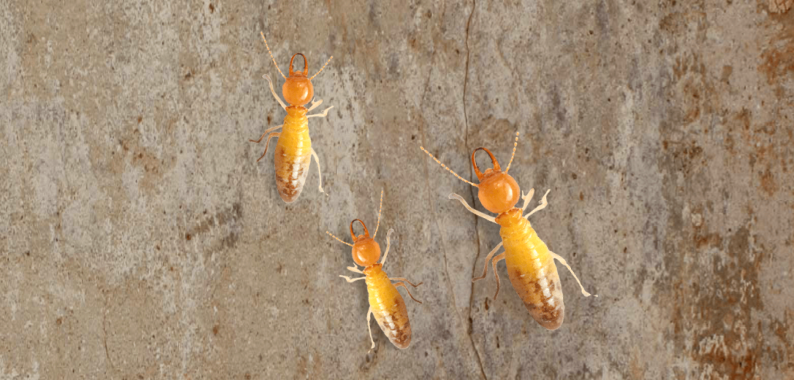Termites
Termites have a remarkable history, dating back over 120 million years to the era of dinosaurs. These tiny yet formidable creatures have earned the moniker "silent destroyers" due to their remarkable ability to clandestinely devour wood, flooring, and even wallpaper without leaving a trace. Annually, termites inflict over $5 billion in property damage, and it's essential to note that homeowners' insurance policies typically don't cover these expenses. This underscores the critical importance of remaining vigilant when it comes to termite control and extermination.
Warm weather means termites are getting ready to swarm, which could lead to big problems and costly damage. At Invaders, we customize our termite treatment solutions for your unique needs. So don’t wait for an infestation. Choose the plan that’s right for your home today.

